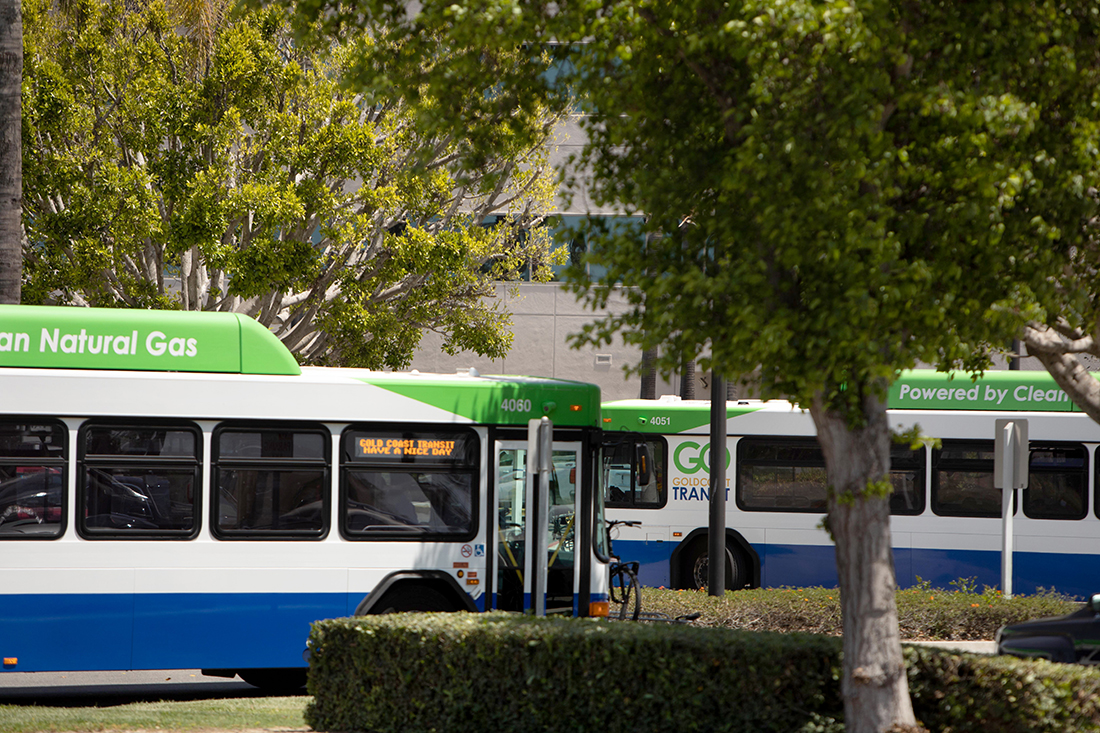Reports & Projects

Take a look back at 2023 and preview future goals.
Take a look back at 2022 and preview future goals.
The PAFR provides a summary of the GCTD’s organization and governance, financial performance, and the following year’s budget in an easy-to-understand manner that is transparent to our readers.
The Annual Comprehensive Financial Report represents the culmination of all budgeting and accounting activities engaged in by Gold Coast Transit District (GCTD) during the fiscal year.
 Annual Comprehensive Financial Report 2025
Annual Comprehensive Financial Report 2025
 Annual Comprehensive Financial Report 2024
Annual Comprehensive Financial Report 2024
 Annual Comprehensive Financial Report 2023
Annual Comprehensive Financial Report 2023
 Annual Comprehensive Financial Report 2022
Annual Comprehensive Financial Report 2022
 Annual Comprehensive Financial Report 2021
Annual Comprehensive Financial Report 2021
 Comprehensive Annual Financial Report 2020
Comprehensive Annual Financial Report 2020
 Comprehensive Annual Financial Report 2019
Comprehensive Annual Financial Report 2019
 18 / 17 Comprehensive Annual Financial Report
18 / 17 Comprehensive Annual Financial Report
 17 / 16 Comprehensive Annual Financial Report
17 / 16 Comprehensive Annual Financial Report
 16 / 15 Comprehensive Annual Financial Report
16 / 15 Comprehensive Annual Financial Report
 15 / 14 Comprehensive Annual Financial Report
15 / 14 Comprehensive Annual Financial Report
 Non-Represented Salary Range
Non-Represented Salary Range
 SEIU Local 721 - Administrative Support Unit MOU
SEIU Local 721 - Administrative Support Unit MOU
 Admin Support Wage Scale
Admin Support Wage Scale
 SEIU Local 721 - Bus Operators MOU
SEIU Local 721 - Bus Operators MOU
 Bus Operator Wage Scale
Bus Operator Wage Scale
 SEIU Local 721 - Mechanical MOU
SEIU Local 721 - Mechanical MOU
 Mechanical Unit Wage Scale
Mechanical Unit Wage Scale
 SEIU Local 721 - Common Articles MOU
SEIU Local 721 - Common Articles MOU
 Teamsters Local 186 - Supervisor MOU
Teamsters Local 186 - Supervisor MOU
 Teamsters Salary Schedule
Teamsters Salary Schedule
 Demand Response Operator Wage Scale
Demand Response Operator Wage Scale
GCTD’s Bus Stop Improvement Plan aims to improve the quality of bus stops throughout GCTD’s service area. The plan provides recommendations to improve the safety, accessibility and comfort at the bus stops we serve.
A Short Range Transit Plan (SRTP) is intended to provide the public with information about the Gold Coast Transit District’s (GCTD) transit services and operational needs. The SRTP planning period is generally for five years, but may cover longer periods, typically seven to 10 years. The plan is based on a combination of extensive community input and an analysis of system performance and demographic data. Through this process, the services, fleet needs, capital and operating costs. revenues, new services and projects are assessed, and recommendations are made. While this SRTP is financially constrained based on current funding levels, it also includes options for service expansion and operational improvements should additional funding become available.
GCTD’s most recent SRTP was approved in December 2025 and covers the period of FY 2026 – FY 2030.
Links to our current and previous SRTP are available below.
A strong understanding of passenger needs is critical for GCTD to continue to deliver a responsible transit service that is efficient, attractive and convenient.
GCTD, in partnership with the Southern California Association of Governments (SCAG), and with stakeholder input has developed a “Building Transit Supportive Communities” plan in order to identify strategies that local jurisdictions, developers, non-profits, architects and other decision makers can use to support and facilitate quality public transportation, active transportation and improved air quality in our communities.